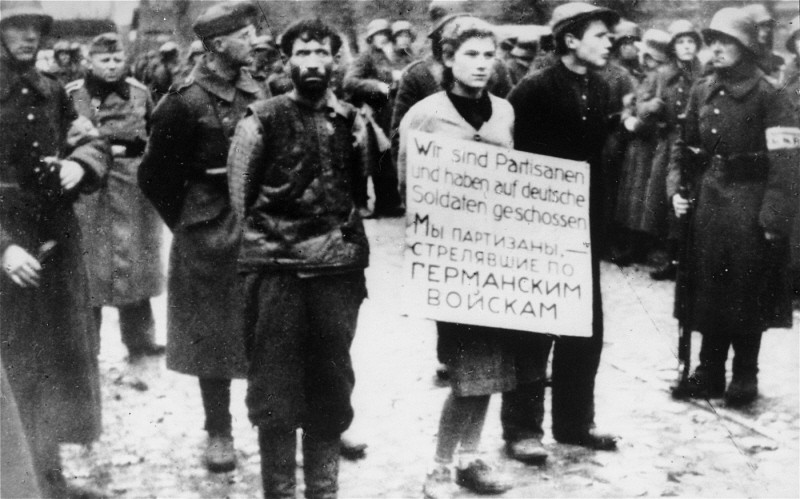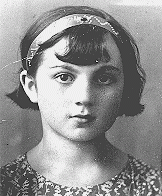
Minsk
During the Holocaust, the creation of ghettos was a key step in the Nazi process of brutally separating, persecuting, and ultimately destroying Europe's Jews. Ghettos isolated Jews from the non-Jewish population and from other Jewish communities. Living conditions were miserable. Among them was the Minsk ghetto.
German Occupation of Minsk
German forces occupied Minsk, capital of the Belorussian Soviet Socialist Republic (SSR) in the Soviet Union, shortly after the German invasion of the Soviet Union in June 1941. During the German occupation, the western portion of the Belorussian SSR became General Commissariat White Russia (Generalkommissariat Weissruthenian), part of the Reich Commissariat Ostland (Reichskommissariat Ostland), with Minsk as its capital.
Ghetto

In late July 1941, the Germans established a ghetto in the northwestern part of Minsk. About 80,000 people, including Jews from nearby towns, were crowded into the Minsk ghetto.
Between November 1941 and October 1942, the German government deported nearly 24,000 Jews from Germany, Austria, and the Protectorate of Bohemia and Moravia to Minsk. SS and police authorities shot or gassed—in special gas vans—most of them upon arrival in Maly Trostinets, a small village about eight miles to the east. The German occupation authorities housed the others in a separate section of the ghetto in Minsk, segregated from local Belorussian Jews. Little contact was permitted between residents of the two ghettos.
The German authorities forced Jews to work on labor projects in factories inside the two ghettos, as well as outside the ghettos, especially in the Shiroka Street labor camp and the opera house (where the occupation authorities supervised the sorting and storage of confiscated Jewish private property).
Resistance in Minsk
In August 1941, Jews established an anti-German underground in the Minsk ghetto. Members organized escapes from the ghetto and formed partisan units in the forests to the southeast and northwest of Minsk. Jews from Minsk established seven different partisan units. In all, about 10,000 Jews fled to the forests; most of them were killed by German forces during the war.
Mass Killings
Beginning in August 1941, German authorities repeatedly conducted mass killing operations against the residents of the Minsk ghetto. In the fall of 1943, the Germans destroyed the Minsk ghetto. The SS deported some Jews to the Sobibor killing center, and killed about 4,000 remaining Jews at Maly Trostinets.

Critical Thinking Questions
Learn about the lives of the Jews in the community of Minsk before 1939.
Why did the Nazi regime implement a system of ghettos?
What obstacles and limitations did Jews face when considering resistance? What pressures and motivations may have influenced their decisions and actions?
How can societies, communities, and individuals reinforce and strengthen the willingness to stand up for others?

